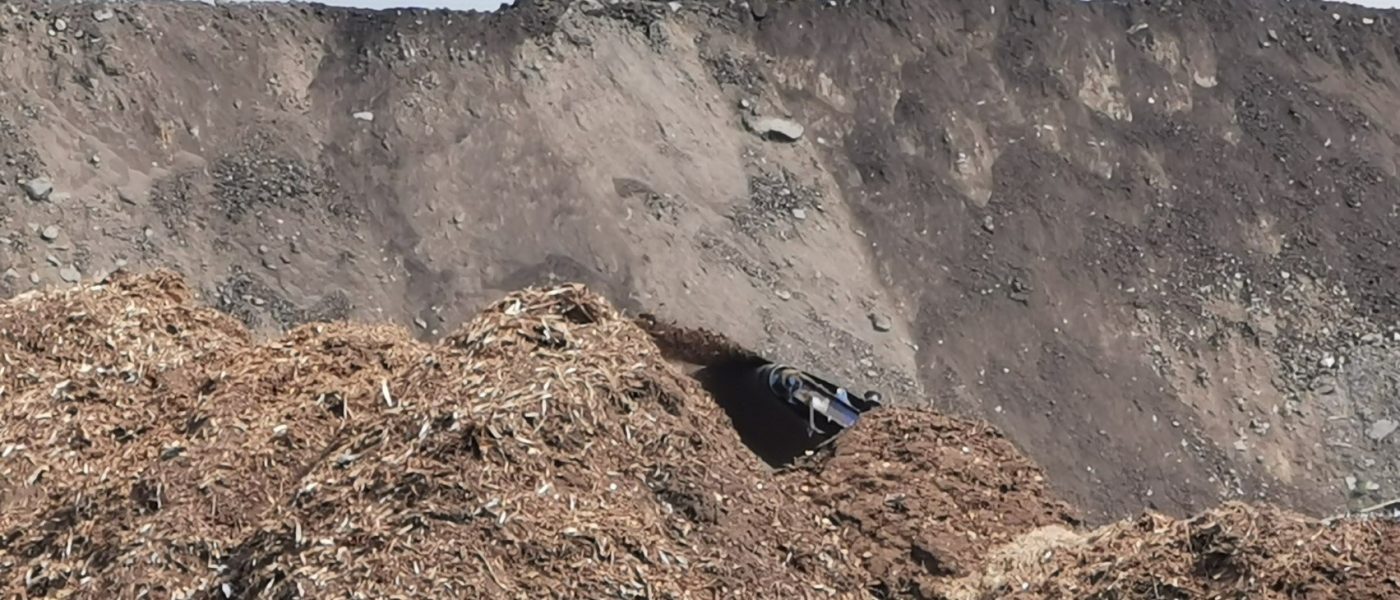Let’s Focus On Trail Road Landfill
By Barrhaven East Councillor Wilson Lo
Although conversations about the bag tag proposal occupied my mind the last few weeks, the larger issue loomed over that—the life of the Trail Road Landfill.
Now that Council has decided about the bag tag proposal, we need to focus on the bigger picture, and fast.
The bag tag proposal was part of the larger Solid Waste Master Plan (SWMP), a comprehensive strategy to update our city’s strategies on waste management, rooted in the fact the Trail Road Landfill should reach capacity in the mid-2030s.
The SWMP’s goals include increasing waste diversion, extending the life of the landfill, and long-term solutions to residential waste management. Residents and Council will receive updates and proposals in service of those goals over the next year or so.
Did you notice I specifically mentioned residential waste management? Ontario legislation requires municipalities to provide waste disposal for single residences only. Ottawa uniquely extends that service to multi-unit residential properties as well by contract.
Industry, commerce, and institutions (IC&I) must contract their own waste collection services. The City has initiatives that help small businesses that don’t generate enough waste to justify contracting out a large provider. These also ensure those small businesses are also diverting their waste.
That means Ottawa’s waste diversion gap is its multi-residential and IC&I sectors. Although IC&I properties divert waste due to economics (e.g., metal, and industrial materials recycling) or through goodwill, the city’s residential efforts target single homes only.
Hope is on the horizon when we transition to a provincially mandated individual producer responsibility for recycling programmes, whereby the costs and operations of blue/black box recycling falls onto producers rather than the municipality.
This means producers would be responsible for the materials and packaging they generate. Ideally, this would incentivise them to innovate their packaging to decrease the costs of collecting and processing them, thereby increasing waste diversion from the landfill.
Transition to the new recycling programme begins in July, with a scheduled full switchover in 2026. Residents should not notice any changes to their collection.
Something else I’m following closely is waste-to-energy incineration. Early incinerators were dirty, polluting, harmful factories, but those have since given way to modern incinerators, which adhere to stricter environmental standards of our time.
Because people love comparing us to Europe, since the banning of untreated waste from landfills around the new millennium, most European countries use waste-to-energy.
The closest and most used example in recent discussions has been the waste-to-energy facility in Durham Region.
The Durham York Energy Centre safely burns garbage, collects metals, and generates electricity — enough to power about 10,000 homes annually. Both Durham and York regions still operate effective waste diversion programmes to ensure the facility only processes garbage.
Incineration gives the garbage we produce a second life, and diverts harmful methane emissions from landfills, thus reducing our carbon footprint.
Furthermore, technology exists to make them even cleaner, from emissions capture to breaking apart the molecules of carcinogens. In fact, if Ottawa pursues the incineration route, we can take the lessons of the Durham York facility and make ours even better.
Part of innovating, sometimes through advancements, other times through trial and error, includes recognizing solutions evolve and what was ideal for the early-2000s is no longer ideal.
There may be shame in being so far behind, but I’m looking at our current solid waste situation as an opportunity to take every lesson learned across the world and ensuring we adopt the best solutions to benefit our city for generations to come.






